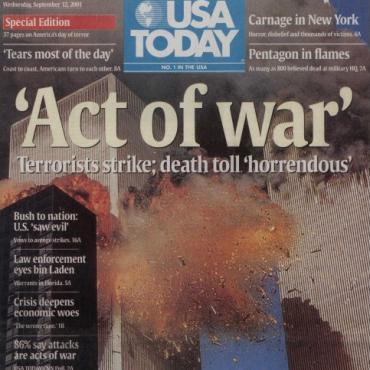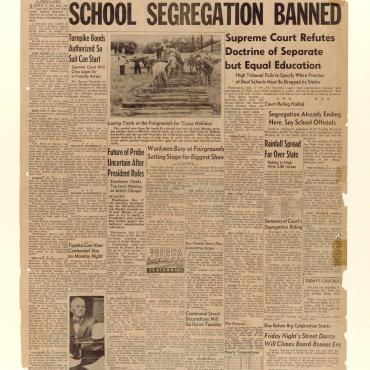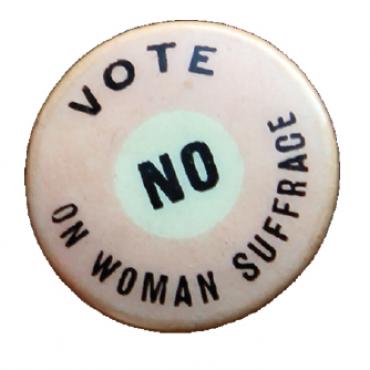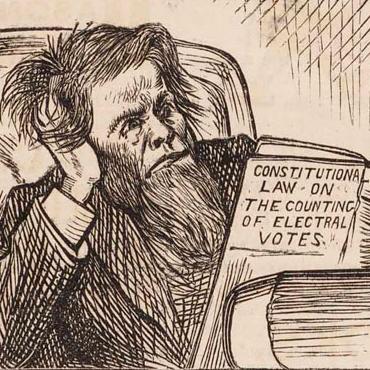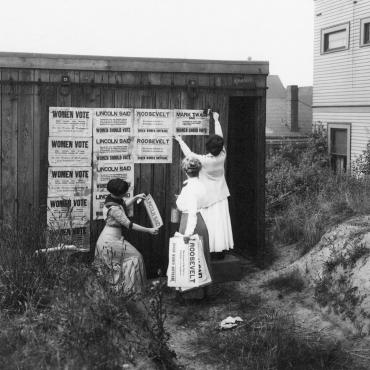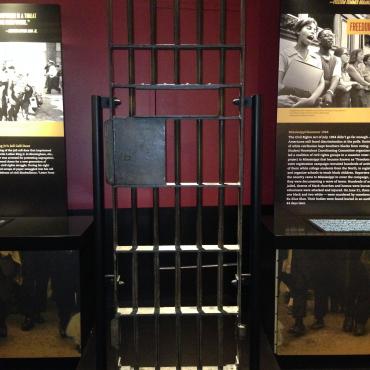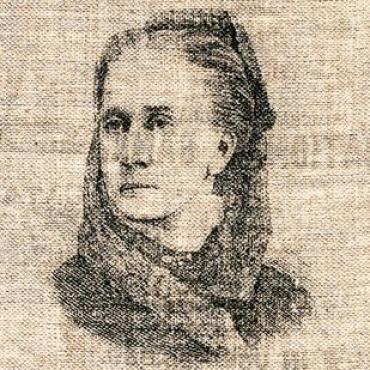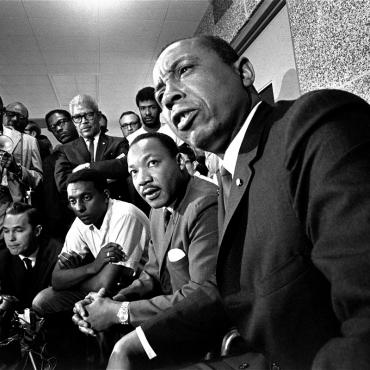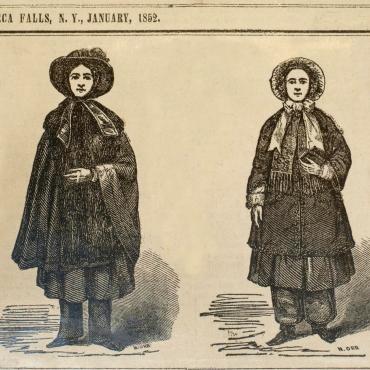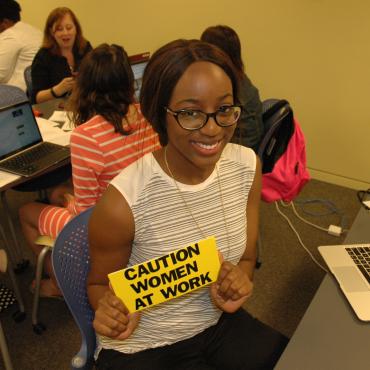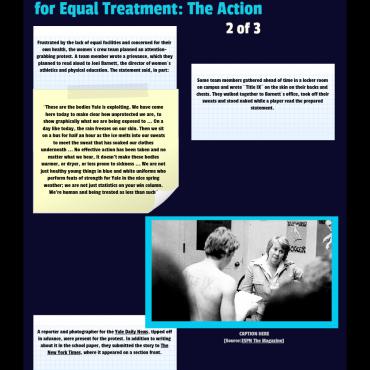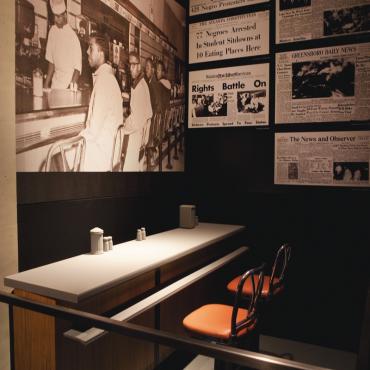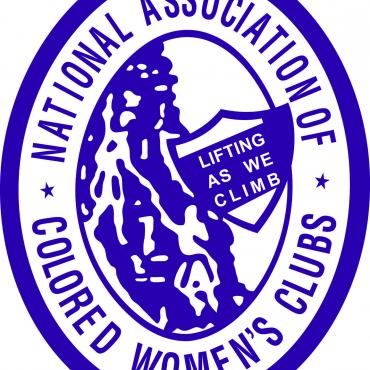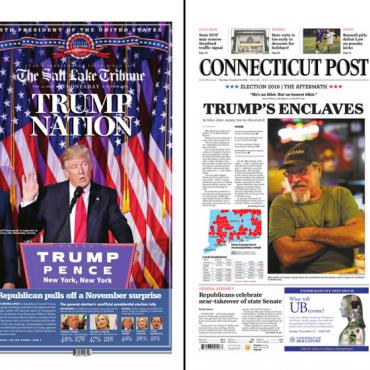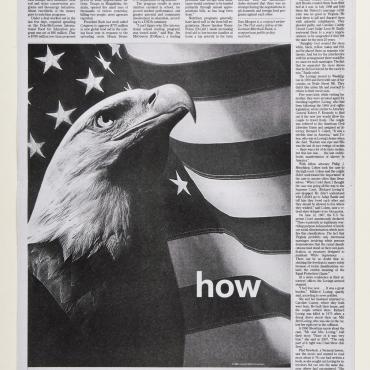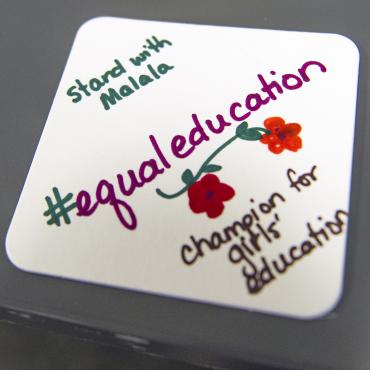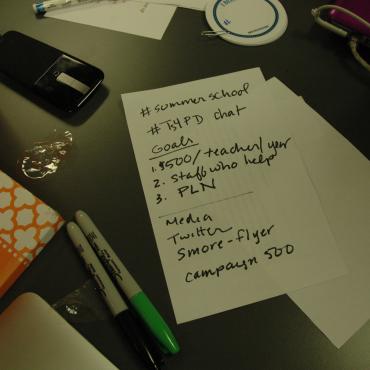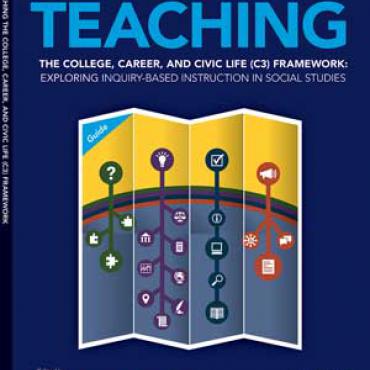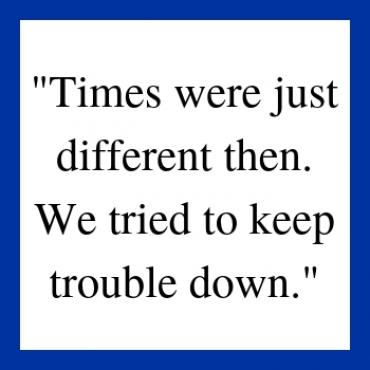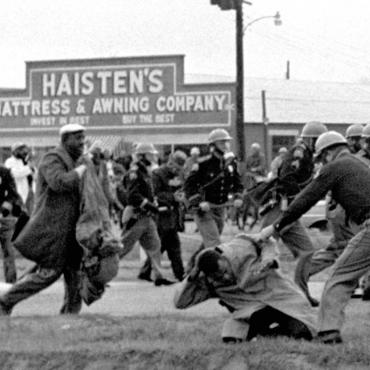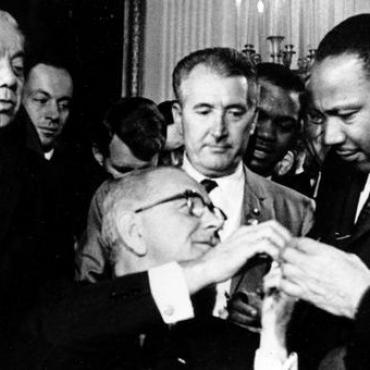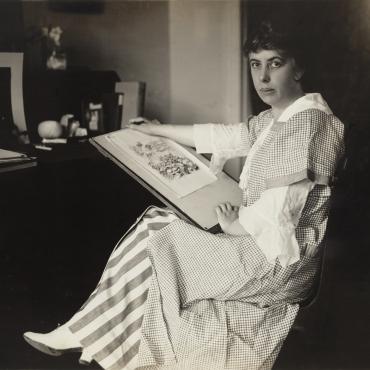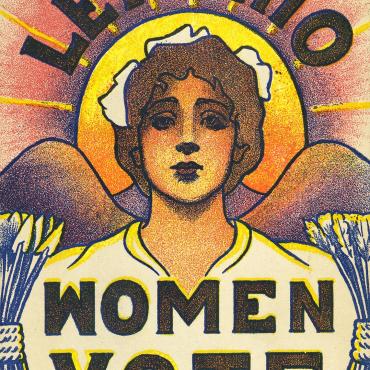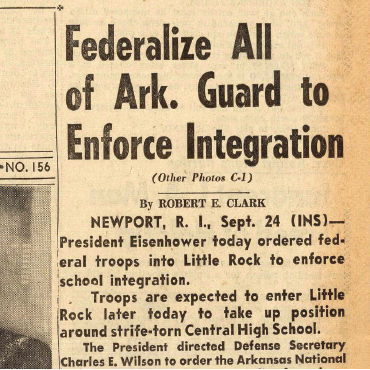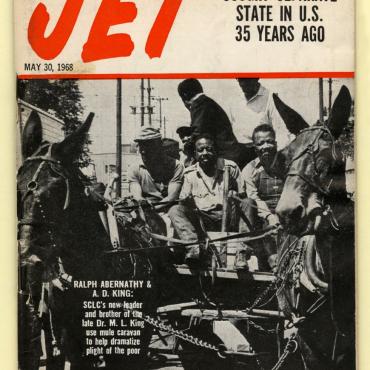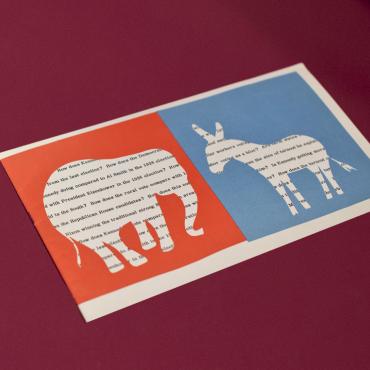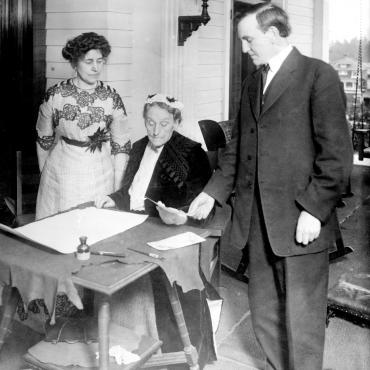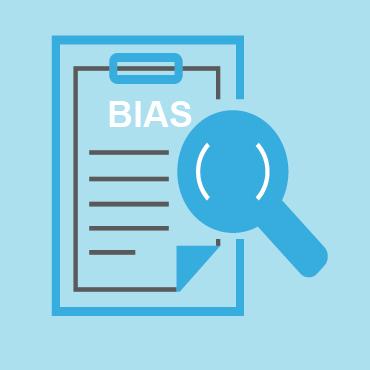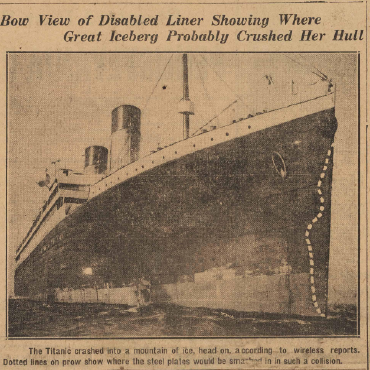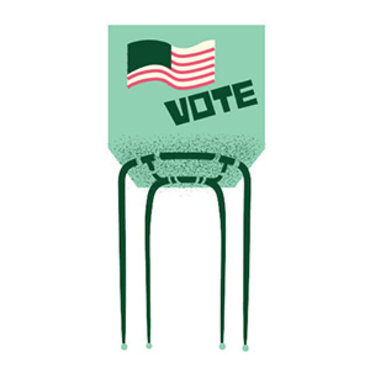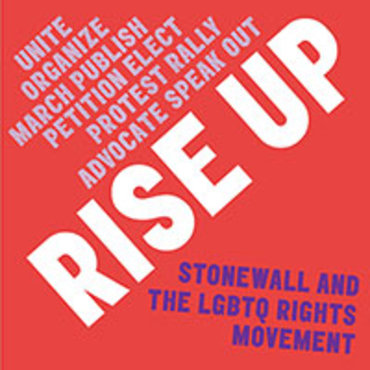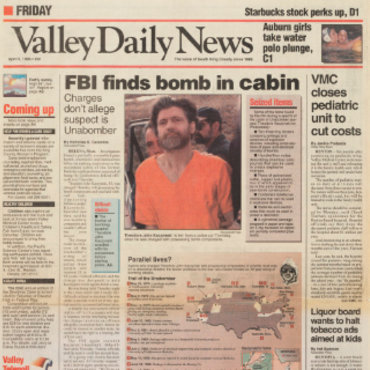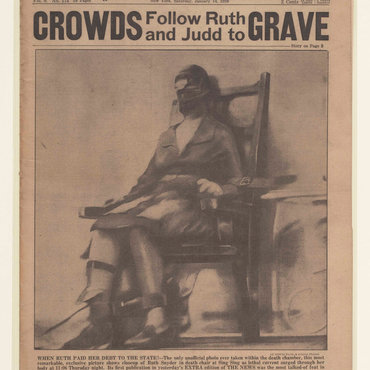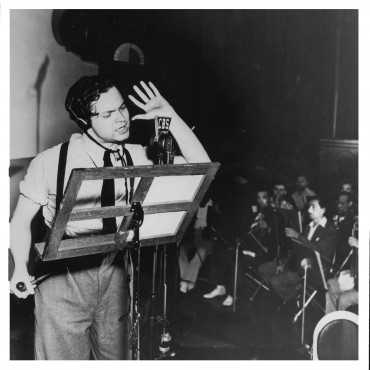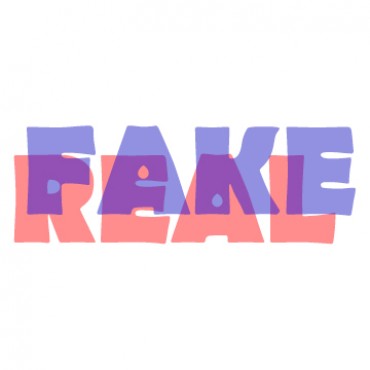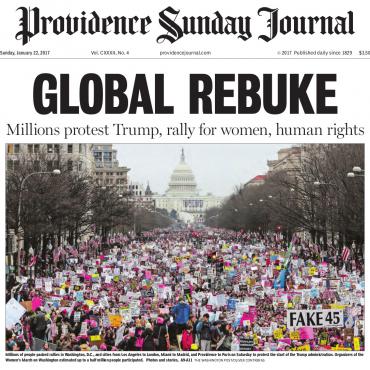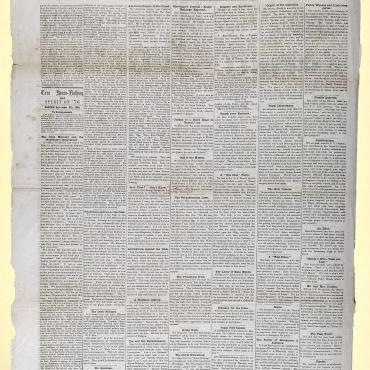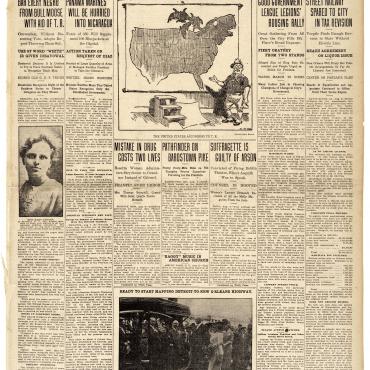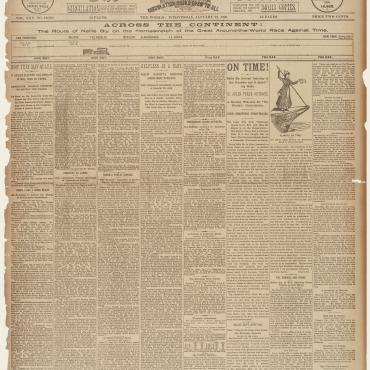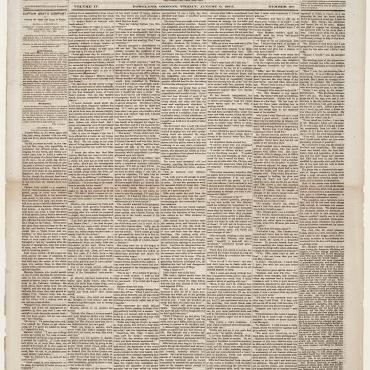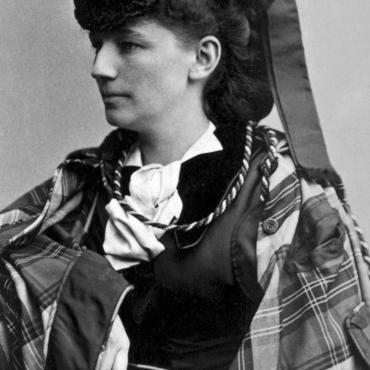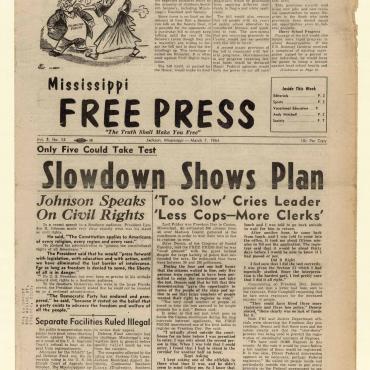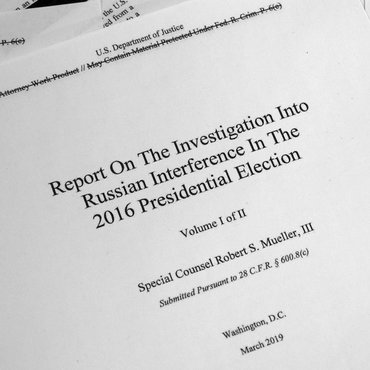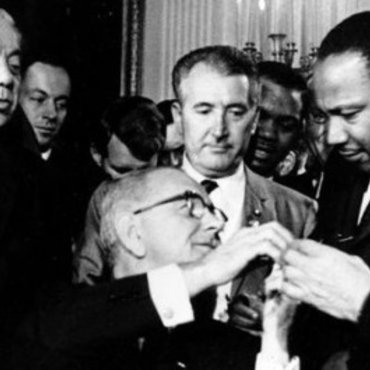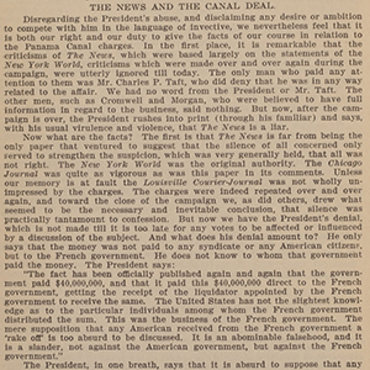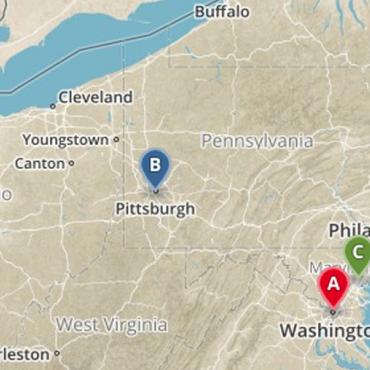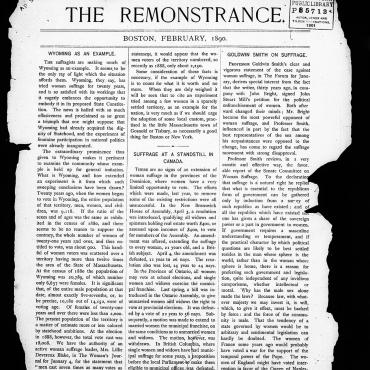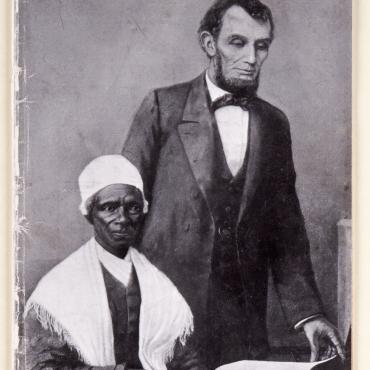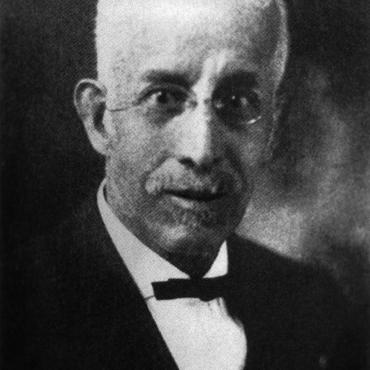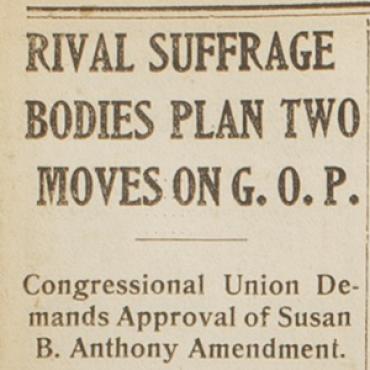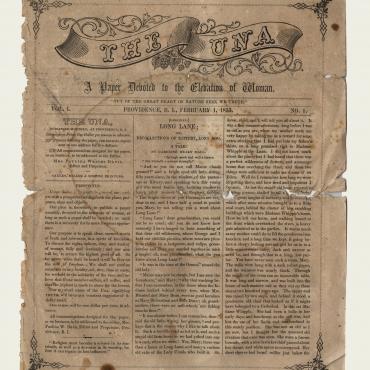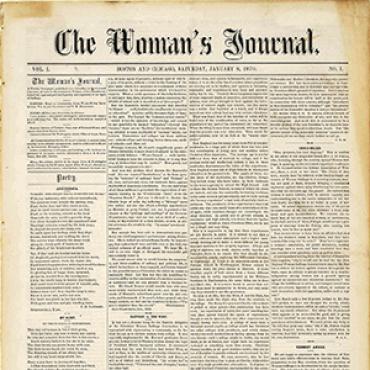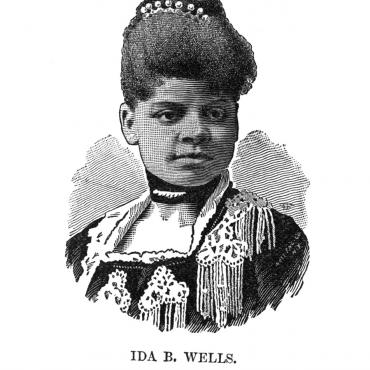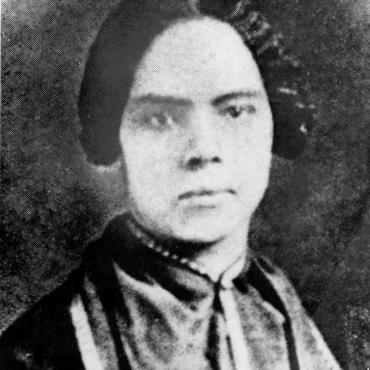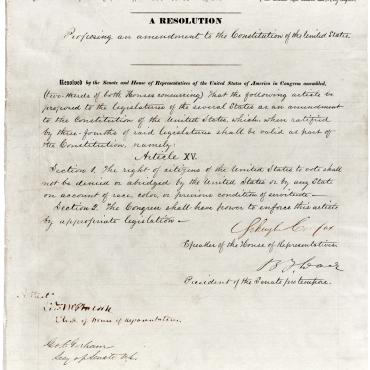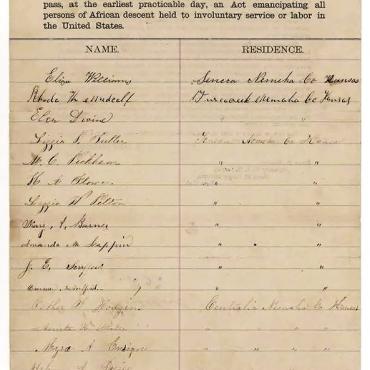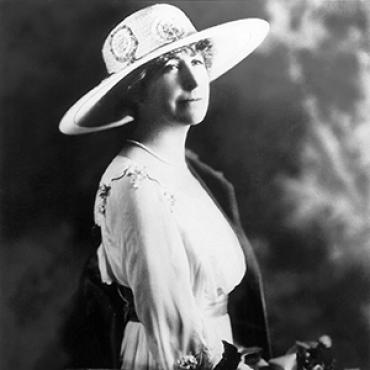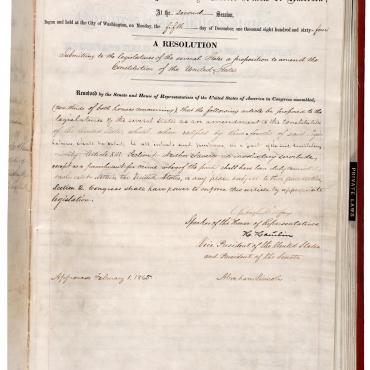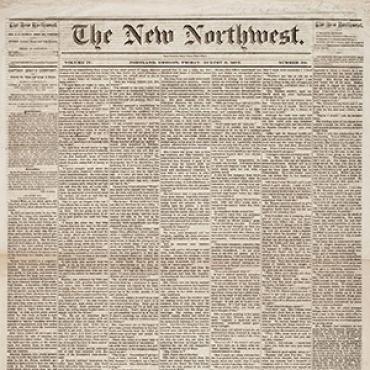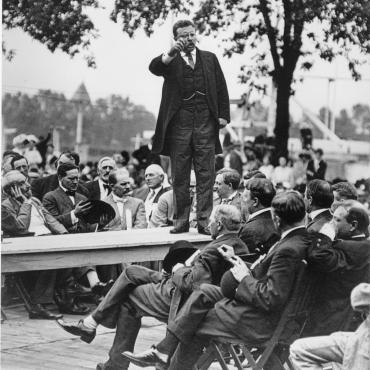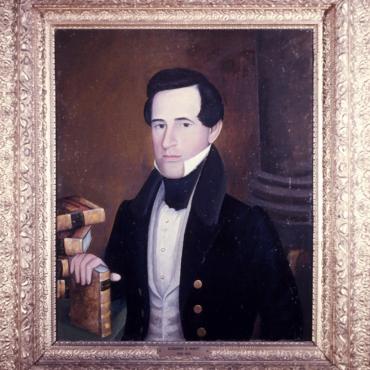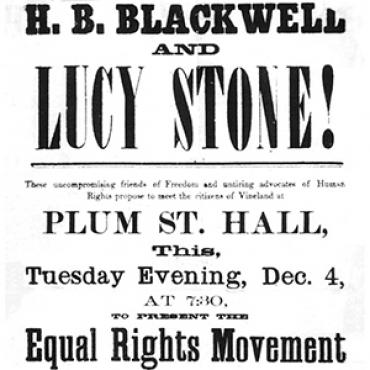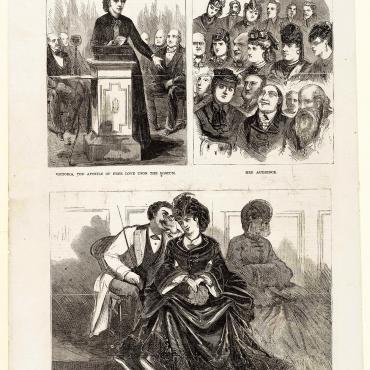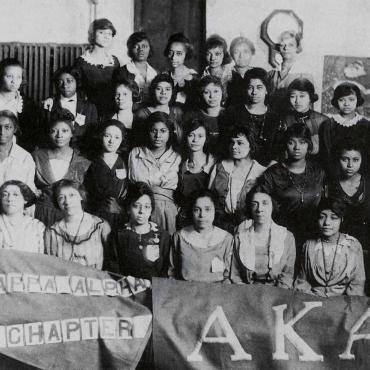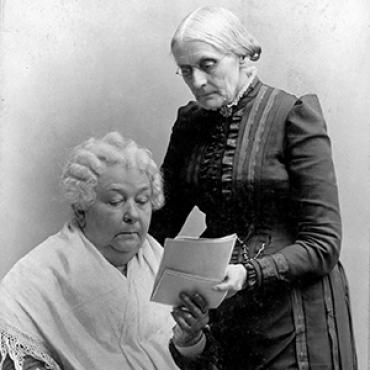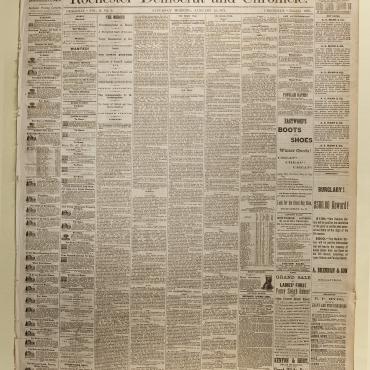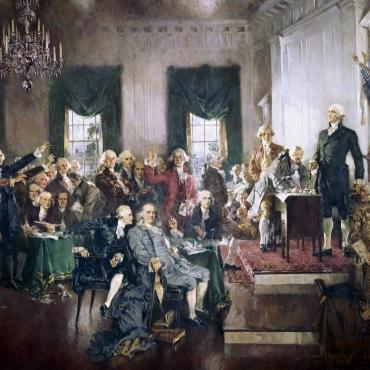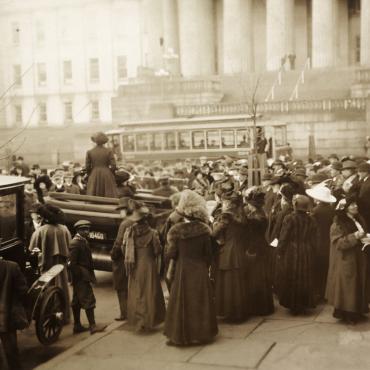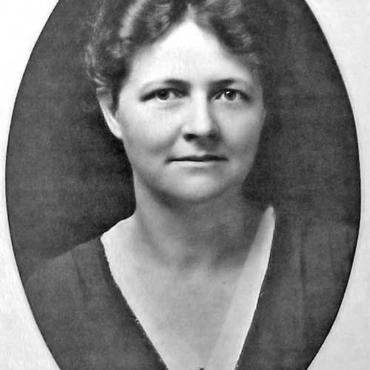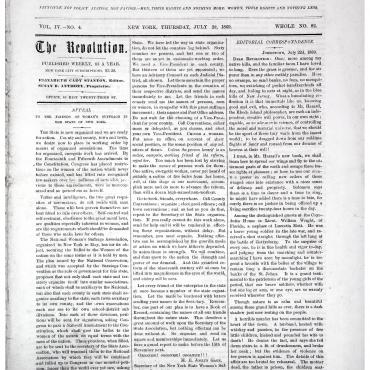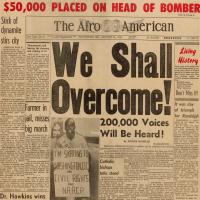
Before and After: Analyzing Turning Points in History
Major historic events inevitably bring about changes in society, from politics to daily routines. In this activity, students use four historical front pages to hypothesize about the impact of the covered events, then use current media to explore the continuing impact.
Get even more great free content!
This content contains copyrighted material that requires a free NewseumED account.
Registration is fast, easy, and comes with 100% free access to our vast collection of videos, artifacts, interactive content, and more.
NewseumED is provided as a free educational resource and contains copyrighted material. Registration is required for full access. Signing up is simple and free.
With a free NewseumED account, you can:
- Watch timely and informative videos
- Access expertly crafted lesson plans
- Download an array of classroom resources
- and much more!
- Civil Rights
- Elections
- Journalism
- Women's Rights
- 6-12
- Ask your students to answer a warmup discussion prompt: Think about a major event in your life (moving, starting at a new school, the arrival of a sibling, etc.). How was your life different before and after this event?
- Tell students they are going to use primary sources to gather evidence about how major historic events changed society. Using the information they can find in front-page news stories, they are going to hypothesize (make their best guess) how major events changed the lives of the people who lived through them. They should consider big changes and small changes. For example, the 9/11 attacks prompted the U.S.-led war in Afghanistan (big change), and it also led to “God Bless America” being played at ballparks (smaller change).
- Hand out the Analyzing Turning Points in History worksheet. To reduce the time required for this activity, you may assign one or two events (rather than all four) to each student. Using the front pages on this poster, give students 20 to 40 minutes to work individually or in small groups to make their hypotheses about the changes these events set in motion (left column of chart) and give their evidence/reason for each (right column of chart).
- If students are focusing on one or two events, have them confer with students who focused on the other events to fill in the rest of their chart.
- Give students 10 to 20 minutes to respond to the prompt in step 2 on the worksheet, evaluating how these events continue to affect our lives today.
- As a class, use the Newseum’s online Today’s Front Pages exhibit to look at front pages from across the nation and around the world. Look for headlines that show the lasting impact of these events. (Possible ideas: response to current economic challenges, the war on terror, continuing civil rights battles, etc.)
- Use the post-activity discussion prompts to begin a class discussion about the changes major events can set in motion, changing the course of history in big and small ways.
- Analyzing Turning Points in History worksheet, one per student
- Access to the four front pages on the EDCollections poster (either downloaded from these links - Philadelphia Inquirer, USA TODAY, The Afro-American, and Woman’s Journal and Suffrage News. - or via devices to view artifact gallery below)
- Internet access (optional)
- Teacher key (download)
- What were some of the big changes you found evidence to support? What were some of the smaller changes?
- What type of evidence/reasons did you use to make your hypotheses about changes?
- Sort the changes you hypothesized into categories. Possible categories: predictable versus unpredictable; positive versus negative; political versus personal, etc.
- Which event do you think had the biggest impact, resulting in the most significant changes? Why?
- Choose one of the four events in the multi-artifact viewer (and also on the EDCollections poster). Write a journal entry from the perspective of someone living shortly before this event occurred, then a second entry from after. At the top of your entry, give a description of who “you” (the person writing this journal entry) are. Use the second journal entry to describe some of the changes that have happened in your life since your chosen big event.
- Complete a chart listing changes and their reasons for a contemporary news story that has affected your life. Choose one news source to make your chart. As you did on the worksheet, list the changes you believe this event has caused on the left and the reason for the change on the right. List at least four changes and reasons.
- One area of life often affected by major historic events is the use/extent of First Amendment freedoms. Choose one of these events and research how it affected the role/use of the five freedoms of the First Amendment (religion, speech, press, assembly and petition).
-
Common Core State Standards: CCSS.ELA-LITERACY.CCRA.R.1
Read closely to determine what the text says explicitly and to make logical inferences from it; cite specific textual evidence when writing or speaking to support conclusions drawn from the text. -
Common Core State Standards: CCSS.ELA-LITERACY.CCRA.R.2
Determine central ideas or themes of a text and analyze their development; summarize the key supporting details and ideas. -
Common Core State Standards: CCSS.ELA-LITERACY.CCRA.R.7
Integrate and evaluate content presented in diverse media and formats, including visually and quantitatively, as well as in words. -
Common Core State Standards: CCSS.ELA-LITERACY.CCRA.R.8
Delineate and evaluate the argument and specific claims in a text, including the validity of the reasoning as well as the relevance and sufficiency of the evidence.
-
National Center for History in the Schools: NCHS.US History.Era 8
Standard 1: The causes of the Great Depression and how it affected American society Standard 2: How the New Deal addressed the Great Depression, transformed American federalism, and initiated the welfare state Standard 3: The causes and course of World War II, the character of the war at home and abroad, and its reshaping of the U.S. role in world affairs -
National Center for History in the Schools: NCHS.US History.Era 9
Standard 1: The economic boom and social transformation of postwar United States Standard 2: How the Cold War and conflicts in Korea and Vietnam influenced domestic and international politics Standard 3: Domestic policies after World War II Standard 4: The struggle for racial and gender equality and for the extension of civil liberties -
National Center for History in the Schools: NCHS.US History.Era 10
Standard 1: Recent developments in foreign policy and domestic politics Standard 2: Economic, social, and cultural developments in contemporary United States
-
National Council of Teachers of English: NCTE.1
Students read a wide range of print and non-print texts to build an understanding of texts, of themselves, and of the cultures of the United States and the world; to acquire new information; to respond to the needs and demands of society and the workplace; and for personal fulfillment. Among these texts are fiction and nonfiction, classic and contemporary works. -
National Council of Teachers of English: NCTE.7
Students conduct research on issues and interests by generating ideas and questions, and by posing problems. They gather, evaluate, and synthesize data from a variety of sources (e.g., print and non-print texts, artifacts, people) to communicate their discoveries in ways that suit their purpose and audience. -
National Council of Teachers of English: NCTE.8
Students use a variety of technological and information resources (e.g., libraries, databases, computer networks, video) to gather and synthesize information and to create and communicate knowledge.
-
Center for Civic Education: CCE.II
A. What is the American idea of constitutional government? B. What are the distinctive characteristics of American society? C. What is American political culture? D. What values and principles are basic to American constitutional democracy? -
Center for Civic Education: CCE.III
A. How are power and responsibility distributed, shared, and limited in the government established by the United States Constitution? D. What is the place of law in the American constitutional system? E. How does the American political system provide for choice and opportunities for participation? -
Center for Civic Education: CCE.V
A. What is citizenship? B. What are the rights of citizens? C. What are the responsibilities of citizens? D. What civic dispositions or traits of private and public character are important to the preservation and improvement of American constitutional democracy? E. How can citizens take part in civic life?
-
NCSS Curriculum Standards: NCSS 2
Learners examine the institutions, values and beliefs of people in the past, acquire skills in historical inquiry and interpretation, and gain an understanding of how important historical events and developments have shaped the modern world. -
NCSS Curriculum Standards: NCSS 5
Students know how institutions are formed, maintained and changed, and understand how they influence individuals, groups and other institutions. -
NCSS Curriculum Standards: NCSS 6
Learners will develop an understanding of the principles, processes, structures and institutions of government, and examine how power and authority are or have been obtained in various systems of government. -
NCSS Curriculum Standards: NCSS 10
Learning how to apply civic ideals to inform civic action is essential to participation in a democracy and support for the common good.
